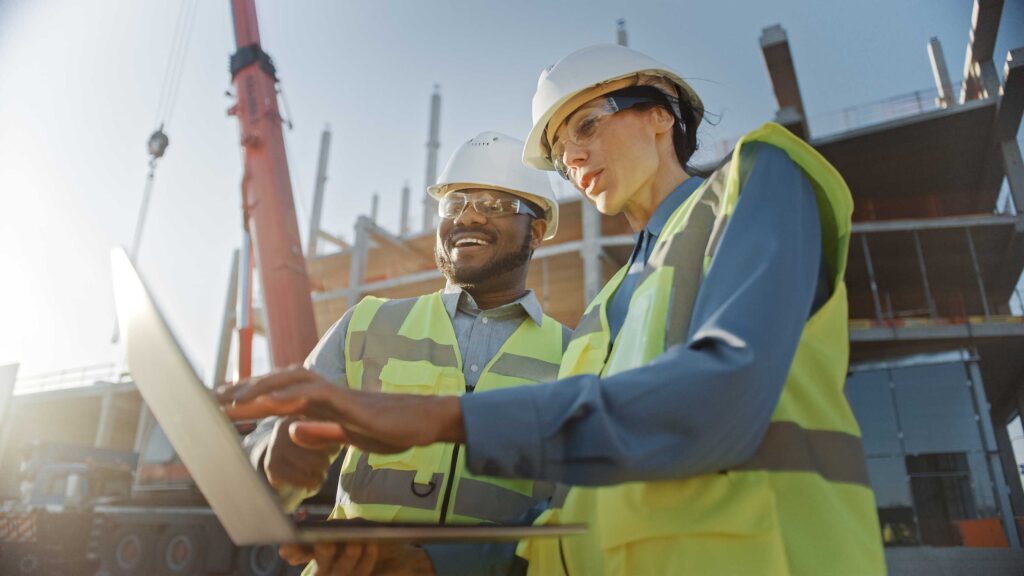Improve Structural Resilience to Withstand Natural Disasters and Environmental Stress
Improving structural resilience to withstand natural disasters and environmental stress is crucial in today’s world, where the frequency and intensity of such events are increasing due to climate change. The ability of buildings and infrastructure to endure extreme conditions like earthquakes, floods, hurricanes, and other natural phenomena is essential to safeguarding lives, property, and communities. One of the fundamental strategies for enhancing structural resilience is adopting advanced design practices and materials that can absorb and dissipate energy during disasters. For instance, buildings can be designed with flexible materials that can withstand seismic forces without collapsing, or flood-resistant features can be incorporated to prevent water ingress and minimize damage. Retrofitting existing structures is equally important, as older buildings may not have been constructed with modern disaster resilience techniques. By strengthening foundations, reinforcing walls, and upgrading critical components such as roofs and windows, these structures can be made more resistant to external forces.

Furthermore, the use of innovative technologies, such as sensors and monitoring systems, has become a game-changer in improving resilience. These technologies can detect early signs of stress or damage and provide real-time data to help anticipate and mitigate risks before they escalate. For example, smart buildings equipped with sensors can monitor structural integrity, detect potential faults, and trigger automatic systems that engage protective measures. In areas prone to hurricanes or tornadoes, automated storm shutters or reinforced glazing can be deployed to protect windows from high winds and flying debris. Additionally, modern construction techniques like modular construction and prefabricated elements allow for faster assembly and better quality control, ensuring that buildings are more resilient from the outset. Environmental sustainability also plays a significant role in structural resilience. Buildings that are energy-efficient and incorporate renewable energy systems, such as solar panels or wind turbines, are more likely to withstand disruptions caused by natural disasters.
For example, solar power systems can provide energy during power outages, and green roofs or rainwater harvesting systems can reduce the strain on municipal infrastructure during storms. In flood-prone regions, using permeable materials for pavements, roads, and parking lots can reduce the risk of flooding by allowing water to be absorbed rather than running off into streets. Furthermore, Structural resilience adopting nature-based solutions, like wetlands or mangrove restoration, can serve as protective barriers to absorb storm surges and reduce the impact of floods on surrounding communities. When communities are designed and built in locations that are less susceptible to natural disasters, the overall resilience of the population increases. For example, avoiding construction in floodplains or areas with a high risk of landslides can significantly reduce the vulnerability of infrastructure. Building codes and regulations should also be updated regularly to reflect the latest scientific understanding of environmental hazards, ensuring that new structures meet the highest standards of resilience.